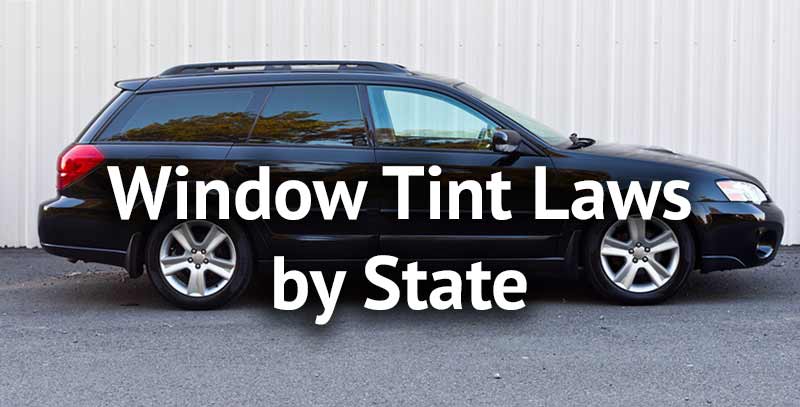


Also, it’s important to be aware that most vehicles come with some level of tint out of the factory. The issue of possible interpretations of these laws means that it’s not uncommon for states to use ambiguous terms like “non-reflective” or “non-excessive,” which are difficult to define or measure. The two issues that tend to arise with tint laws are the exceptions that exist and interpretation. Above that line, most states allow some level of tint to help with visibility and glare.
#Tinted window laws ny driver
Windshield - the windshield is the window that the driver looks out of while operating the vehicle.
#Tinted window laws ny windows
The amount of tint allowed on the rear side windows is often much darker than the front. Rear Side Window Tint - this is the figure relating to tint allowed on the windows on the side of the back of the vehicle.Front Side Window Tint - this is the figure that regulates tint on windows used to view/display the driver and passenger seats, especially to law enforcement.Net VTL% - this is the amount of light that can penetrate the glass and the film because glass also reduces some amount of light from penetration.Film VTL% - also known as visible light transmission, this term is the metric used to determine how much light gets from one side of the film to the other.You can find the definitions of each term below. While learning about or looking up tint laws, you’ll see a lot of terms thrown around like VTL%, front side window, rear side window, windshield, color, and AS-1 line. Also, hybrid tints are less expensive than metalized ones and more expensive than dyed ones. Dyed tints have the least amount of UV protection and tend to fade. The metalized can mess with your radio signal and look almost like a mirror. This kind was made to diminish the negatives of dyed and metalized tints alone. Hybrid (Dyed and Metalized) Window TintĪs a combination of the two lesser types (dyed and metalized), hybrid tints consist of several layers of dyed material with a layer of metal in between. The only downside documented is the cost. Carbon will not fade, has a matte finish that many car owners enjoy, and is a decent insulator. While not as high in quality as ceramic, carbon window tint is still a highly recommended option for tint. Ceramic tints fade less over time and can assist in reducing glare even without choosing a darker tint. Also, it can help make the window more shatterproof. It’s the most effective against sunlight and can cut the inside temperature almost in half. Ceramic tint is made with ceramic particles that don’t conduct heat, so it can help with increased insulation, keeping the car cooler in the summer and warmer in the winter.
#Tinted window laws ny skin
It blocks more than 99% of UV rays, which are the more harmful parts of sunlight (which consists of three total parts) that cause skin damage, sunburn, eye diseases, and cancer over time. Ceramic Window TintĬonsidered by most to be the highest quality tint available, which also means the most expensive, ceramic window tint serves a lot of purposes. The most well-known kinds are listed below. The material that is allowed to be used on automobiles consists of a pretty short list.

Limited visibility, especially at night.Preventing damage to windows via the elements.Preventing damage to the interior from prolonged sunlight exposure.So, 70% means that 70% of the light is allowed passage, whereas 15% is extremely dark because it only allows 15% of the light the penetrate. The percentage commonly associated with the level of the tint is the amount of light the tint allows through. They describe window tint as a material made to disrupt the penetration of UV rays moving through the window into the car. Kelly Blue Book created a write-up on the seven things you need to know about tinting.


 0 kommentar(er)
0 kommentar(er)
